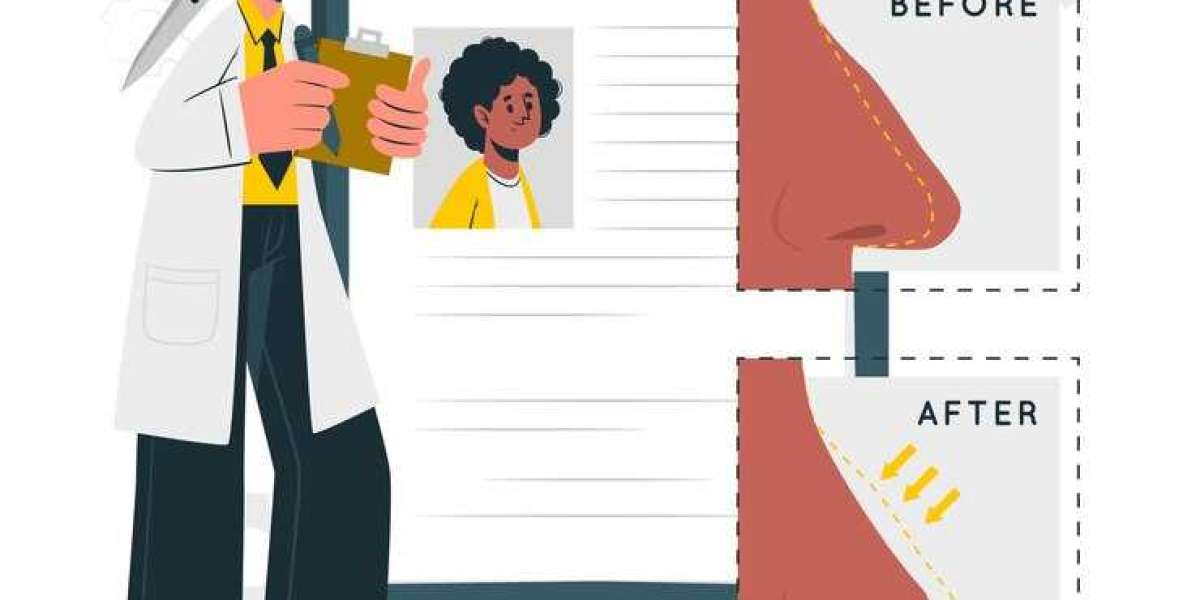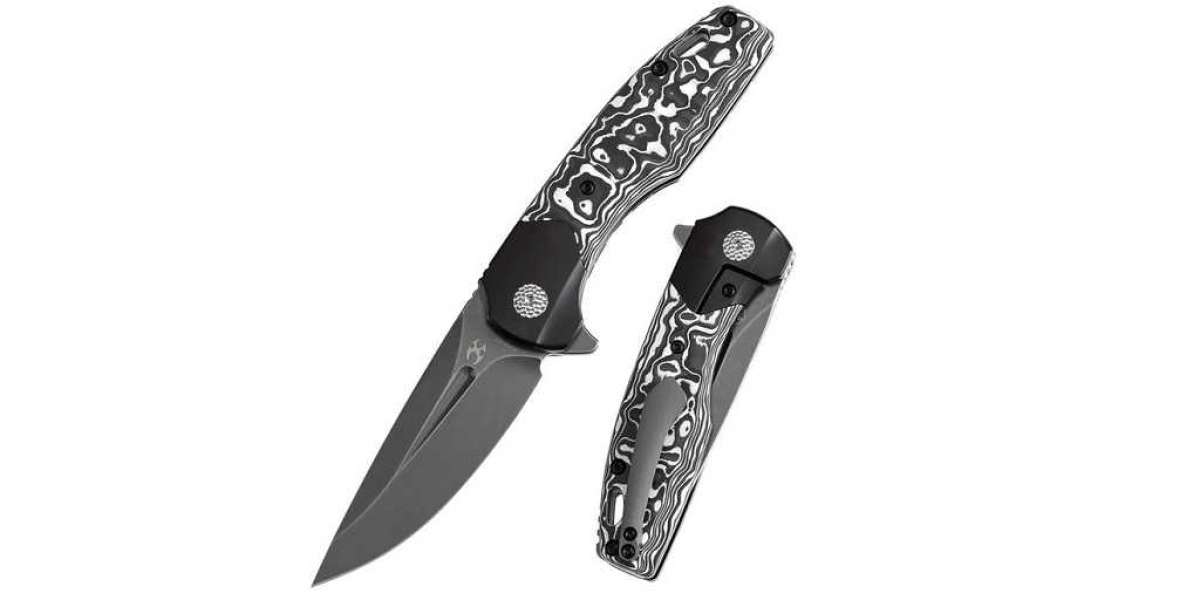Brushing and combing a baby’s hair might seem like a simple task but it’s more than just a part of your baby's grooming routine. It’s an opportunity to bond soothe and stimulate your baby’s scalp. Whether your baby has a full head of hair or just a few wisps knowing how to choose the right Brush Comb For baby is crucial. In this guide we’ll explore everything you need to know about baby hair care including tips tricks and recommendations for the best products.
Taking care of a baby involves countless small tasks each contributing to their overall well-being. One such task is brushing and combing your baby’s hair. It’s not just about keeping their hair neat but also about ensuring their comfort and health. In this guide we’ll delve into the importance of this routine the best tools to use and how to make the process enjoyable for both you and your baby. By understanding the right techniques and products you can make hair care a delightful part of your baby's daily routine fostering a nurturing environment that promotes both physical and emotional development.
Why Brushing Your Baby’s Hair is Important
Brushing your baby’s hair is more than just a grooming activity; it's a way to care for their delicate scalp and hair. Regular brushing helps to:
- Stimulate the scalp: This promotes healthy hair growth by increasing blood circulation to the hair follicles which is essential for nourishing the scalp and supporting the growth of strong healthy hair.
- Prevent tangles: Keeping your baby's hair tangle-free makes it easier to manage and prevents discomfort caused by knots. Regular brushing can help distribute natural oils along the hair shaft keeping it smooth and shiny.
- Remove dry skin: Brushing helps to gently exfoliate and remove cradle cap a common condition in newborns that causes flaky dry patches on the scalp. This not only improves the appearance of your baby's hair but also helps to keep their scalp healthy and comfortable.
- Bond with your baby: The gentle strokes and attention help to strengthen your bond. This routine can become a soothing ritual that your baby looks forward to providing a moment of calm and connection amidst the busyness of the day.
Choosing the Right Brush and Comb for Your Baby
Selecting the right brush and comb is crucial for ensuring your baby’s comfort. Here’s what to consider:
Soft Bristles
Choose brushes with soft natural bristles to gently massage your baby’s scalp without causing irritation. Natural bristles such as those made from goat hair are particularly gentle and effective at distributing the scalp's natural oils which can help to keep your baby's hair soft and manageable.
Gentle Combs
Look for combs with wide teeth that can glide through your baby's hair smoothly preventing any tugging or pulling. Wide-tooth combs are especially useful for detangling hair without causing pain or damage. Additionally combs made from materials like wood or silicone can be gentler on the scalp and hair compared to plastic ones.
Types of Baby Brushes
There are several types of baby brushes each designed for specific needs:
Bristle Brushes
Bristle brushes are made from natural or synthetic materials. Natural bristles are softer and more gentle on your baby’s scalp making them ideal for newborns and infants with sensitive skin. These brushes can help to distribute natural oils from the scalp to the hair promoting a healthy shiny appearance.
Wooden Brushes
Wooden brushes are eco-friendly and durable. They often come with natural bristles making them a good choice for delicate baby hair. The wooden handle provides a comfortable grip for parents and the natural bristles offer a gentle touch that’s perfect for babies with sensitive scalps.
Silicone Brushes
Silicone brushes are soft and easy to clean. They are great for babies with sensitive skin as they are hypoallergenic and can be used on wet or dry hair. These brushes are also durable and can be easily sanitized making them a hygienic option for daily use.
Types of Baby Combs
Combs also come in various styles each serving a different purpose:
Wide-Tooth Combs
Wide-tooth combs are perfect for detangling without causing pain or damage to your baby’s hair. The wide spaces between the teeth allow the comb to glide through the hair effortlessly minimizing breakage and pulling. These combs are especially beneficial for babies with thicker or curly hair.
Fine-Tooth Combs
Fine-tooth combs can help in styling and smoothing your baby’s hair but should be used gently to avoid tugging. These combs are ideal for creating neat partings and managing finer details in your baby's hairstyle. However they should be used with care to prevent discomfort.
Cradle Cap Combs
These combs are specifically designed to help remove cradle cap without irritating your baby’s scalp. They have fine closely spaced teeth that can gently lift and remove the flaky patches associated with cradle cap providing relief and improving the scalp's condition.
How to Brush and Comb Your Baby’s Hair
Brushing and combing your baby’s hair should be a gentle and soothing process. Here’s how to do it:
Step-by-Step Guide
- Start with clean hair: Ensure your baby’s hair is clean and slightly damp. This helps to reduce friction and makes the hair easier to manage. You can lightly mist the hair with water or use a damp washcloth to achieve the desired moisture level.
- Use a gentle touch: Gently brush or comb from the roots to the tips being careful to avoid pulling or tugging. Start at the ends of the hair and work your way up to the roots to ease out any tangles gradually.
- Be patient: Take your time especially if your baby has tangles. Rushing can cause discomfort and may make your baby resistant to future hair brushing sessions. Use gentle slow strokes and reassure your baby with a calm soothing voice.
- Comfort your baby: Talk to your baby or sing to them to keep them calm and distracted. This can turn the hair brushing routine into a bonding experience that your baby looks forward to.
Safety Tips
- Avoid pulling: Be gentle to avoid pulling your baby’s hair which can cause pain and distress. If you encounter a tangle use a wide-tooth comb and work through it slowly and carefully.
- Check for tangles: Remove any tangles carefully to prevent discomfort. Holding the hair above the tangle and gently working it out from the bottom can help minimize pulling.
- Monitor your baby: Always watch for signs of discomfort or irritation. If your baby seems uncomfortable stop and try again later. It's important to make the experience as pleasant as possible to encourage cooperation in the future.
Tips for Brushing and Combing Different Hair Types
Every baby’s hair is unique. Here are some tips for managing different hair types:
Fine Hair
Use a soft-bristle brush to avoid damaging delicate hair. Fine hair can be easily pulled or broken so gentle brushing is key. Regular brushing can help to keep fine hair smooth and distribute natural oils preventing it from becoming too oily at the roots.
Thick Hair
A wide-tooth comb can help manage thicker hair and prevent tangles. Thick hair can become knotted easily so detangling regularly is important. You might also consider using a leave-in conditioner or detangling spray to make the process easier and more comfortable for your baby.
Curly Hair
Moisturize curly hair before combing to avoid breakage. Curly hair can be more prone to dryness and tangling so using a conditioning product or a light mist of water can help to soften the curls and make them easier to manage. A wide-tooth comb is particularly useful for gently working through curls without causing damage.
Benefits of Regular Hair Brushing
Regular brushing offers several benefits:
- Promotes healthy hair growth: Stimulates blood flow to the scalp which is essential for delivering nutrients to the hair follicles. This can lead to stronger healthier hair growth over time.
- Keeps hair clean: Helps to remove dirt and debris from the hair. Regular brushing can also distribute the scalp’s natural oils which help to keep the hair moisturized and shiny.
- Prevents tangles: Makes hair more manageable and reduces the likelihood of knots and tangles. This is especially important for babies with longer or curly hair which can become tangled more easily.
Common Concerns and How to Address Them
Many parents have concerns about brushing and combing their baby’s hair. Here are some common issues and solutions:
Cradle Cap
Use a cradle cap comb and a gentle baby shampoo to manage this condition. Cradle cap is a common issue that can cause dry flaky patches on your baby’s scalp. Regularly brushing with a cradle cap comb can help to lift and remove these flakes while a gentle baby shampoo can soothe the skin and prevent further buildup.
Hair Loss
It’s normal for babies to lose some hair. Gentle brushing can help manage this without causing further loss. If you notice excessive hair loss consult your pediatrician to rule out any underlying conditions. In most cases hair loss in babies is temporary and resolves on its own.
Sensitive Scalp
If your baby has a sensitive scalp use the softest brush available and be very gentle. Avoid using any products that might irritate their skin and always monitor their reaction during hair brushing sessions. If you notice any redness or discomfort stop and consult your pediatrician for advice.
How to Clean Baby Brushes and Combs
Keeping your baby’s grooming tools clean is essential for their health. Here’s how to clean them:
Regular Cleaning
Wash brushes and combs with mild soap and warm water. Rinse thoroughly and let them air dry. Regular cleaning helps to remove any buildup of oils dirt or hair products ensuring that the tools remain hygienic and safe for your baby.
Deep Cleaning
For a deeper clean soak the brushes and combs in a mixture of water and baby shampoo then rinse and dry. This can help to remove any stubborn residue and keep the tools in good condition. Deep cleaning is particularly important if your baby has had any scalp conditions as it helps to prevent re-infection.
Conclusion
Brushing and combing your baby’s hair is a simple yet important part of their daily care. With the right tools and techniques, such as those available at MamaLove.pk, you can ensure your baby’s hair stays healthy, clean, and tangle-free. Remember, it’s also a wonderful opportunity to bond with your baby and create lasting memories. Making hair care a positive and enjoyable experience can set the foundation for good grooming habits as your baby grows.







